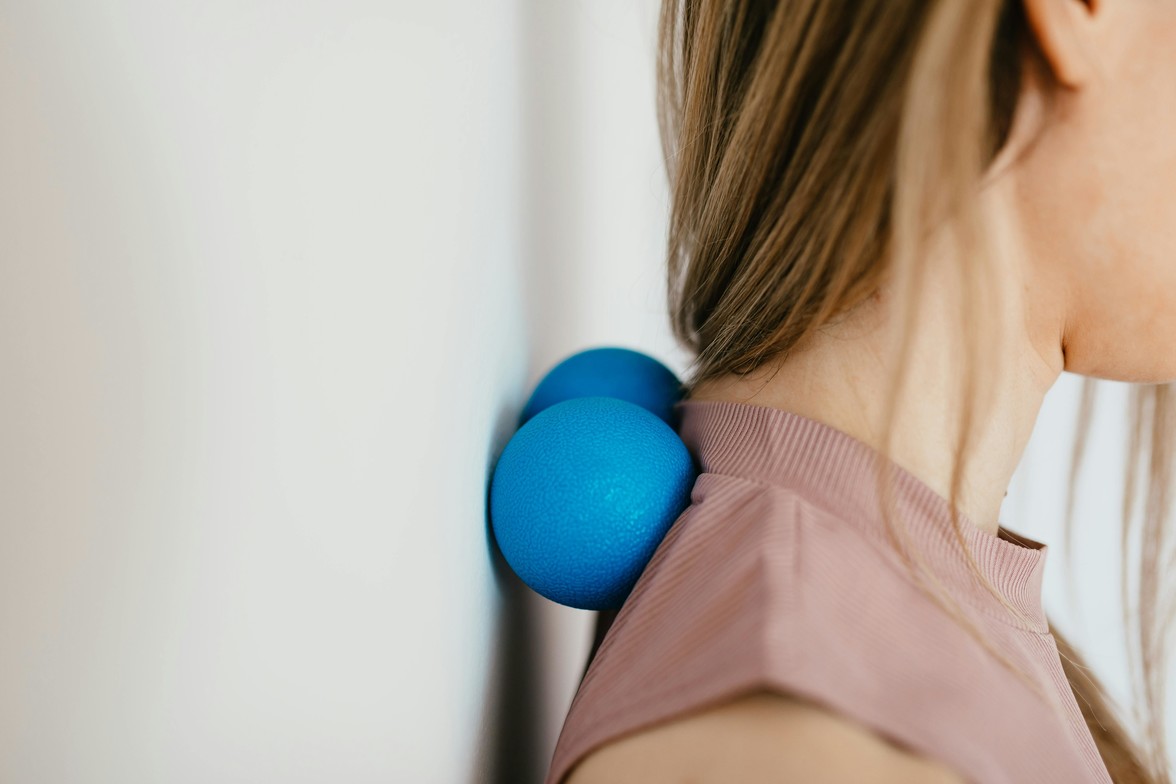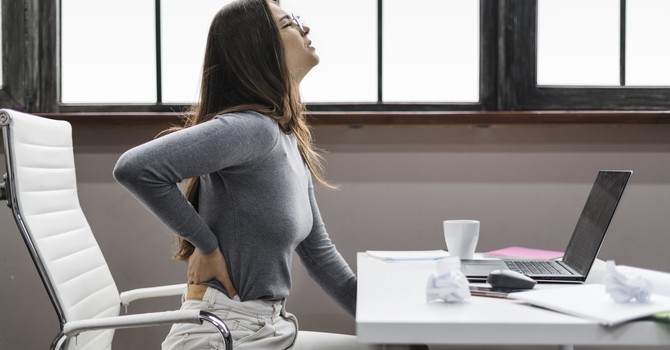
Myofascial release is a technique that has gained a lot of traction in the rehabilitation space in recent years, especially in the management of chronic pain. One thing a lot of my clients aren’t aware of is their ability to perform these techniques on themselves, all in the comfort of their own homes. This safe and affordable approach can be a game changer in addressing muscle tension and discomfort.
Overview
Your fascial system is a web of connective tissue found all over your body. It supports your organs and tissues, and provides the scaffolding that your blood vessels, nerves, and lymphatic system are suspended within. Your fascia is composed of collagen and elastin fibers, which give it a stringy cobweb like structure, as well as fluids, such as hyaluronan and water, that permit slide and glide between your tissues. Fascia is extremely nerve rich, making it an important piece of the puzzle with sensations of pain and proprioception. Proprioception is your body's awareness of where it is in space, which is a crucial aspect of optimizing your coordination and preventing injuries or falls. There are plenty of cells involved in producing and maintaining the quality of your fascia over time, with one of the most well known being fibroblasts. These cells are responsible for producing the fibers that make up our fascial web, and they can be stimulated to work to our advantage. Self myofascial techniques are a great way to stimulate fibroblast activity, allowing for a targeted approach to healing in the tissues that need it most.
What types of tools can I use?
There are plenty of options that you can use to get started with these techniques, many of which you may already have access to. Some common household items include foam rollers, tennis balls, lacrosse balls, or even the corner of a wall. There are also more specialized tools available, including theracanes, hypervolt, and my personal favorite- the tune up fitness balls.
When should I perform this?
- When first getting out of bed
- Prior to activity
- Post activity
- Before bed
- While traveling
Where on my body should I use this?
- Areas that you experience pain
- Areas that you feel muscle tension and tightness
- Areas that you lack flexibility
- Muscles that you have difficulty activating
Where can I learn more?
Jill Miller, the author of The Roll Model Method, offers protocols for various body regions as well as in depth background as to why and how these methods are able to reduce pain, improve flexibility, improve muscle control, and improve proprioception
What if I prefer to learn in person?
As a physical therapist with certifications in both the Roll Model Method and Body by Breath, I am teaching self myofascial techniques to my clients daily. I find when people are willing to take an active role in managing their aches and pains, they’re better able to find sustainable long-term solutions to their problems. These techniques are a perfect complement to hands-on bodywork, as they help to prolong and magnify the results achieved from in person treatments. When these techniques are paired with a well balanced movement routine, the results begin to speak for themselves. If this sounds like something you’d like to explore further, submit a contact form to learn more!





